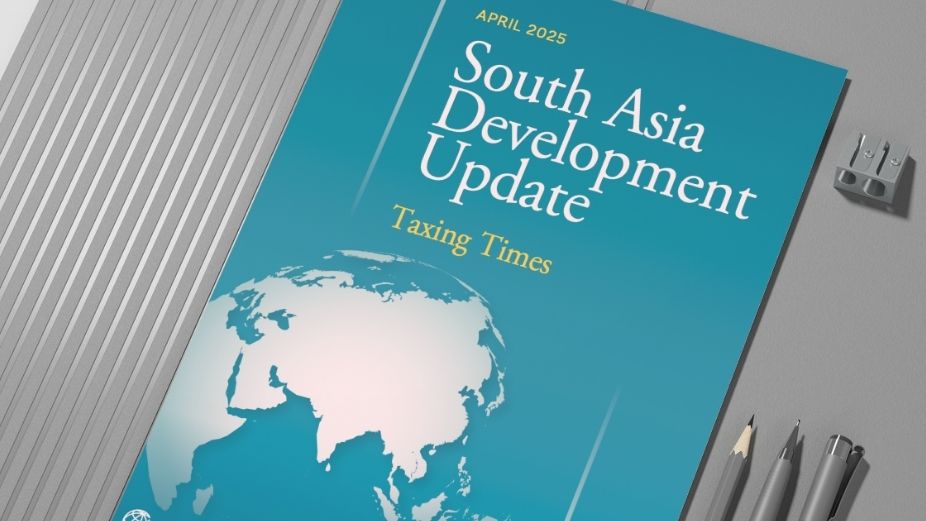
The latest World Bank report, Taxing Times: South Asia Development Update (April 2025), paints a mixed outlook for the Maldives and the wider South Asian region, warning of narrowing buffers to withstand economic shocks and emphasising the urgent need for stronger revenue mobilisation.
According to the report, the Maldives remains one of the more vulnerable economies in South Asia despite a moderate rebound in growth. Tourist arrivals, a key driver of Maldivian GDP, remained strong throughout 2024, helping to lift annual growth to an estimated 5.5 percent. Growth is expected to pick up further to 5.7 percent in 2025 as the completion of a new airport terminal boosts capacity. However, the underlying risks are mounting.
The report notes that Maldives’ current account deficit remained elevated at around 20 percent of GDP, despite strong tourism receipts. External debt service obligations have placed the country’s foreign reserves under considerable strain. By late 2024, gross official reserves stood at just US$614.6 million, equivalent to only 1.4 months of imports, a figure the World Bank describes as critically low. Usable reserves, those available after accounting for immediate debt repayments, are even more precarious.
Compounding these risks, the Maldivian government’s fiscal deficit is forecast to widen to 13 percent of GDP in 2024. Heavy spending on subsidies has kept inflation low, recorded at just 1.4 percent, but it has also strained public finances. In 2024, sovereign credit ratings agencies downgraded Maldives’ ratings due to liquidity concerns, further highlighting the fragility of the country’s financial position.
The World Bank urges Maldives, alongside other South Asian economies, to improve domestic revenue mobilisation to strengthen fiscal resilience. Across the region, tax revenues remain significantly below potential, averaging only 18 percent of GDP compared to the 24 percent average for emerging markets and developing economies (EMDEs). In the case of Maldives, the shortfall is particularly acute given the reliance on a narrow tax base tied heavily to tourism.
More broadly, the report observes that South Asia continues to outpace other regions in growth but faces mounting pressures. Regional growth, after a disappointing 6.0 percent in 2024, is projected to soften to 5.8 percent in 2025, with growth downgrades issued for most countries. India remains the main driver, but even there, growth is moderating due to slower investment and global trade headwinds.
Sri Lanka, which experienced one of the region’s most severe economic crises in 2022–23, has begun to stabilise, recording growth of 5.0 percent in 2024. However, the recovery is described as fragile. Pakistan, meanwhile, is slowly emerging from crisis but remains constrained by weak private investment and political uncertainty. In Bangladesh, growth has weakened more sharply, partly due to political unrest and rising inflation.
The World Bank identifies several key vulnerabilities across South Asia, including high public debt, weak external buffers, and vulnerability to climate change. It highlights that the private sector will play an increasingly important role in climate adaptation, particularly as government fiscal space remains constrained.
For Maldives, the report underscores that high reliance on external debt, exposure to climate risks, and dependence on tourism make the country particularly sensitive to external shocks. Strengthening tax collection, diversifying the economy, and building financial buffers are considered critical for long-term resilience.
The report concludes that while South Asia has demonstrated remarkable growth over recent decades, without urgent reforms, especially in revenue mobilisation and climate resilience, the region, including Maldives, risks becoming increasingly exposed to a more volatile and uncertain global economy.













